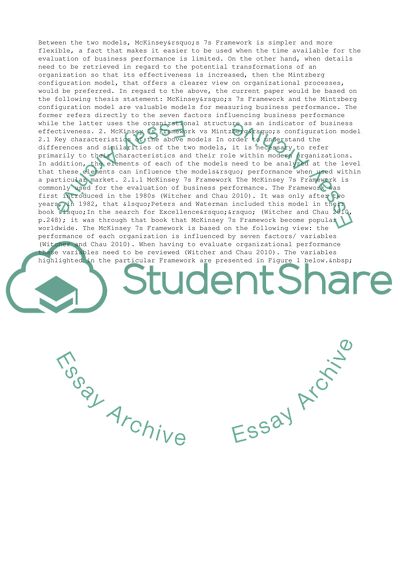Cite this document
(“Compare and contrast the 7S and Mintzberg's configuration models of Assignment”, n.d.)
Retrieved from https://studentshare.org/business/1468430-compare-and-contrast-the
Retrieved from https://studentshare.org/business/1468430-compare-and-contrast-the
(Compare and Contrast the 7S and Mintzberg'S Configuration Models of Assignment)
https://studentshare.org/business/1468430-compare-and-contrast-the.
https://studentshare.org/business/1468430-compare-and-contrast-the.
“Compare and Contrast the 7S and Mintzberg'S Configuration Models of Assignment”, n.d. https://studentshare.org/business/1468430-compare-and-contrast-the.


